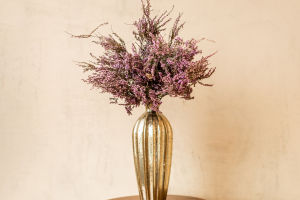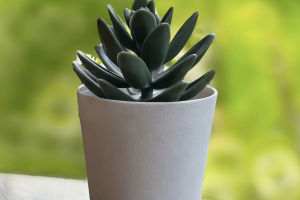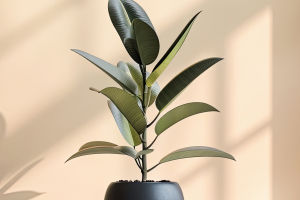Crocus flowers are a beloved early spring bloom, famous for their striking colors and resilience. These small, bulbous plants belong to the iris family and are often among the first flowers to appear after the winter chill.
Known for their bright purple, yellow, white, and even striped petals, crocuses bring an instant burst of color to gardens and landscapes, heralding the arrival of spring.
In addition to their aesthetic appeal, crocuses are easy to grow, making them a favorite choice for both novice and experienced gardeners.
Varieties of Crocus
Crocus flowers come in various species and cultivars, with the most common being the Crocus sativus, which produces saffron. However, many other types are appreciated for their ornamental qualities. The Crocus vernus, or Dutch crocus, is particularly popular for its vibrant purple and yellow flowers, while Crocus chrysanthus offers an elegant mix of yellow and whites.
Planting Crocus
Crocuses are incredibly easy to plant and require minimal care, which is part of their charm. Best planted in the fall, crocus bulbs thrive in well-drained soil with a sunny or partially shaded location. Their bulbs should be planted around 3 to 4 inches deep and spaced 2 to 3 inches apart. Once planted, they require little maintenance other than occasional watering during dry spells.
Benefits of Growing Crocus
1. Early Spring Blooms: Crocuses are often among the first flowers to bloom in the spring, sometimes even pushing through snow, providing an early visual cue that warmer weather is on the way.
2. Attract Pollinators: These flowers are a vital early food source for bees and other pollinators. By growing crocuses in your garden, you can help support local wildlife.
3. Easy to Grow: Crocuses are extremely low-maintenance. Once planted, they will naturalize, multiplying year after year and requiring minimal care.
4. Decorative Appeal: With their vibrant colors, crocuses add a pop of brightness to flower beds, lawns, and borders. They're also ideal for naturalizing areas where other plants may struggle.
Using Crocus in the Garden
Crocuses are ideal for creating stunning spring displays, especially in rock gardens, woodland areas, and along borders. Plant them in clusters for maximum impact. They also work well in containers, making them a versatile option for smaller spaces like patios or balconies.
Crocus flowers are the perfect way to welcome spring with a splash of color. With minimal care and a stunning variety of hues, they are a must-have for gardeners looking to brighten their landscapes. So, Lykkers, whether planted in the garden or grown in pots, crocuses add charm and vitality to any outdoor space, making them a favorite for both beginner and experienced gardeners alike.
Caring for Crocus Flowers Before and After They Flower
Video by Spoken Garden


